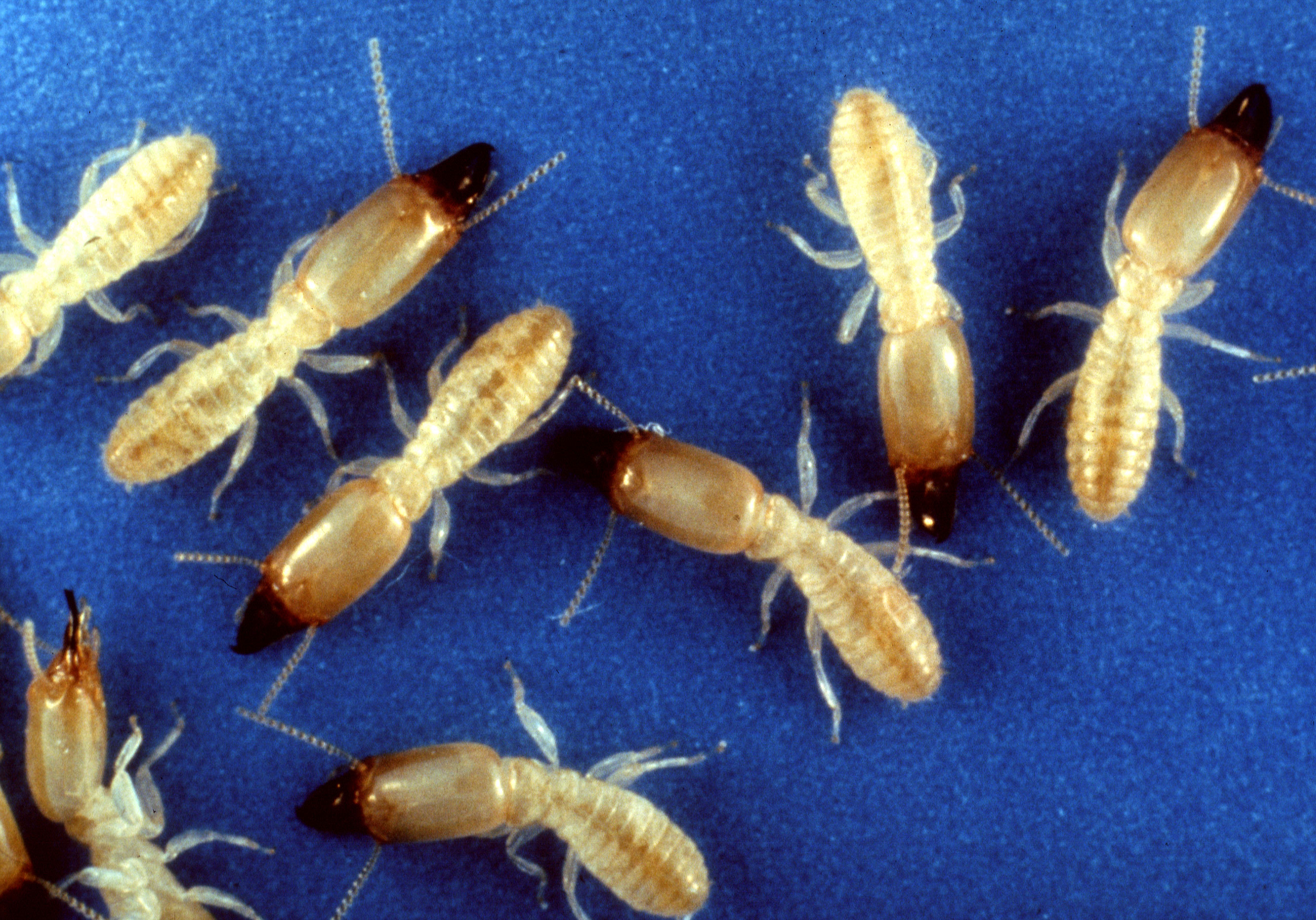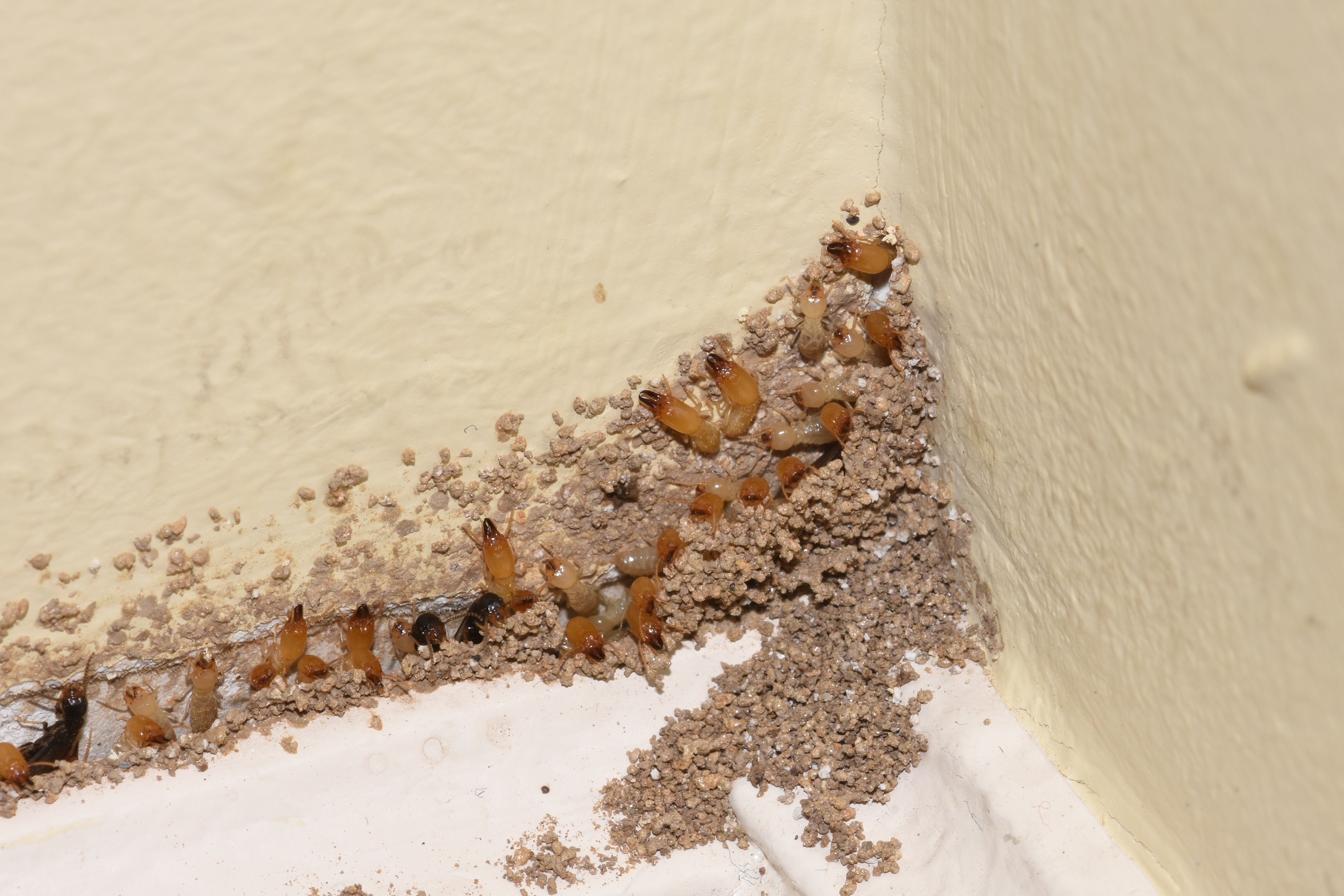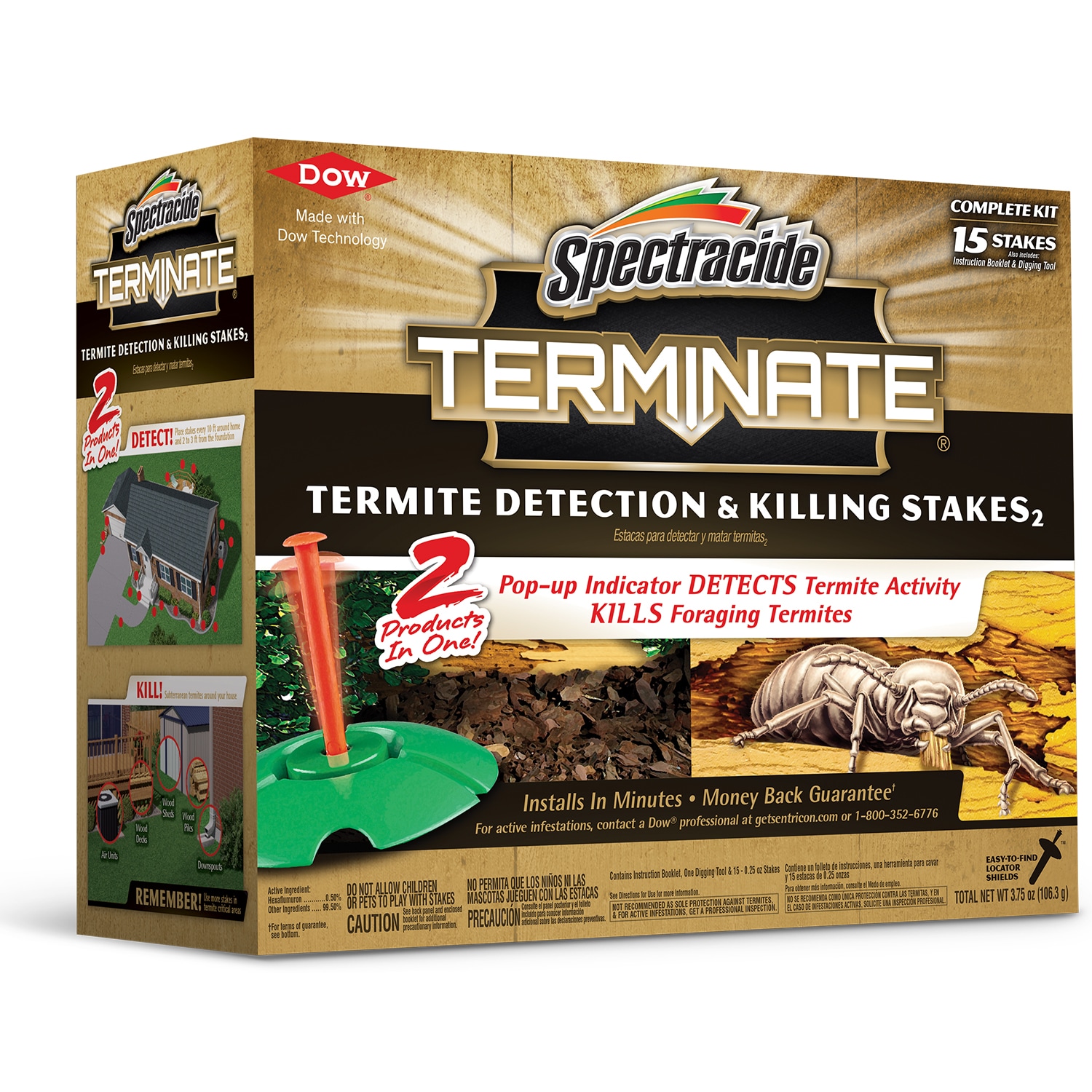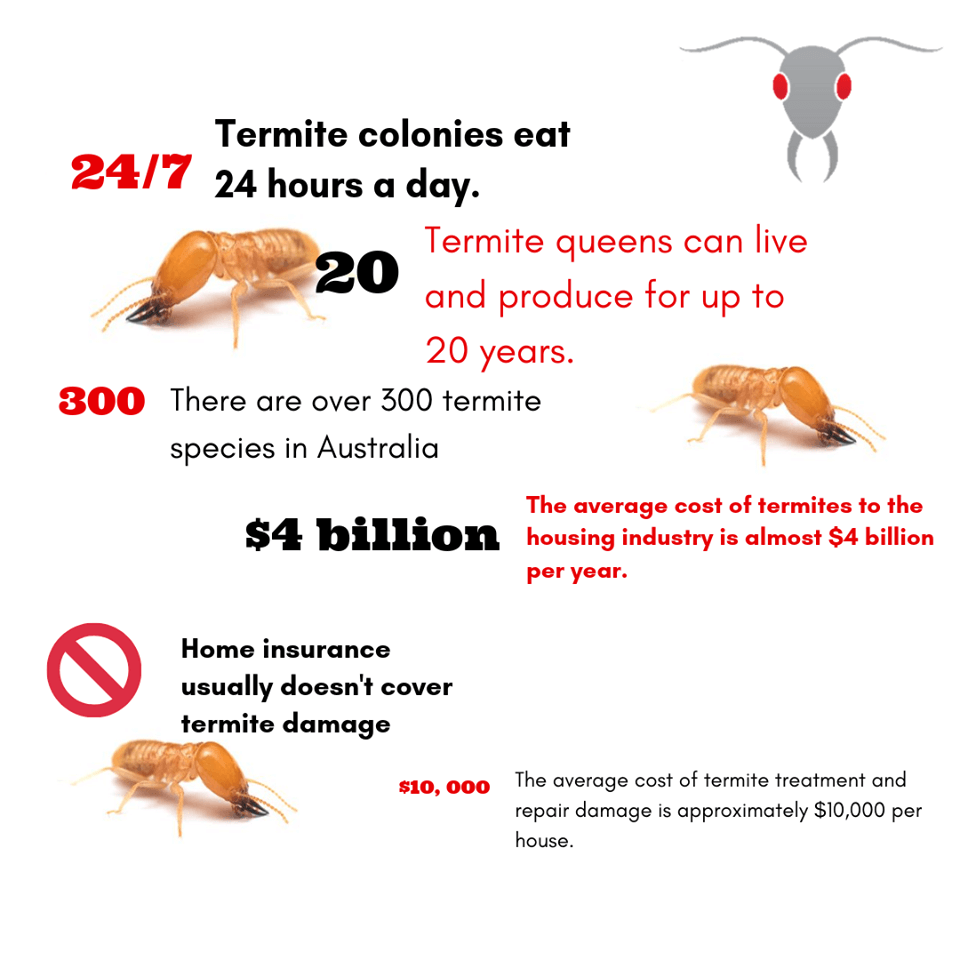New Jersey has a diverse and complex network of termite species. Uncovering the truth about these pests can be a daunting task for homeowners and property owners alike. This comprehensive guide will help you understand the various types of termites found in the state, their behaviors, and how to best protect your home from infestation.
Types of Termites in New Jersey

New Jersey is home to three common types of termites, each with its own distinct characteristics. The subterranean termite, the drywood termite, and the dampwood termite can all be found throughout the state.
Subterranean Termites: These termites are the most common type found in New Jersey, and are found in every region of the state. Subterranean termites live in underground colonies, and build mud tubes to access food sources. They feed on wood, paper, cardboard, and other items made of cellulose.
Drywood Termites: These termites are less common than subterranean termites, but can still be found in New Jersey. Drywood termites are found in attics and other dry, dark places. They feed on wood, cardboard, and other cellulose materials, and do not need access to the soil to survive.
Dampwood Termites: These termites are the least common type found in New Jersey, and are typically found in areas with high moisture levels. Dampwood termites feed on wood, and are usually found near sources of water, such as in stumps, logs, or other damp wood.
While all three types of termites can cause damage to homes and buildings, subterranean termites are the most destructive. If you suspect you have a termite infestation, it is important to contact a professional pest control specialist to assess the situation and develop a treatment plan.
Signs of a Termite Infestation

| Signs | Description |
|---|---|
| Mud Tubes | Subterranean termites construct mud tubes for traveling between their underground nests and the wood they are feeding on. These tubes are made of soil, bits of wood and other debris, and can usually be seen on walls and foundations. |
| Discarded Wings | After swarming, reproductives shed their wings. Swarms are often the first sign of a termite infestation. |
| Hollowed Wood | Termites eat wood from the inside out, leaving a thin layer of wood on the outside. Tap on wood surfaces to listen for a hollow sound. |
| Bubbling Paint | Moisture from termite damage can cause paint to bubble and flake. |
| Frass | Frass is the termite feces which they push out of their galleries. It is made up of bits of wood, soil, and other debris and can usually be found near infested areas. |
Prevention

- Check all wood sources before bringing them into your home, such as firewood, timber, and lumber.
- Avoid using wood sources that are already infested.
- Keep firewood away from your home and stored in a dry area.
- Repair any structural damage on your home, such as gaps, cracks, and holes.
- Regularly inspect your home for termites.
- Eliminate any sources of excess moisture, such as leaky pipes and poor drainage.
- Make sure the soil around the foundation is sloped away from the house.
- Seal off any potential entry points, such as vents and windows.
- Keep all wood sources away from direct contact with the soil.
Treatment

- Identify the type of termite infestation and the extent of damage.
- Locate the source of the infestation.
- Choose the most appropriate termite treatment method.
- Implement the treatment plan.
- Evaluate the effectiveness of the treatment.
- Monitor the infestation over time to ensure it does not return.
Cost of Termite Treatment

- Initial inspection and assessment: $100-$200
- Treatment costs: $400-$2,000
- Annual inspections: $50-$100
- Follow-up treatments: $200-$400
The cost of termite treatment can vary widely depending on the extent of the infestation and the extent of the damage. An initial inspection and assessment by a professional exterminator is usually the first step, and this can range from $100-$200. After the inspection, treatment costs can range from $400-$2,000 depending on the severity of the infestation. Depending on the type of treatment used, annual inspections may also be necessary and this can range from $50-$100. Follow-up treatments may also be needed, and these can range from $200-$400.
DIY Termite Treatment
DIY termite treatments are often a less expensive option for homeowners looking to get rid of termites. The most common DIY termite treatments are baiting and liquid treatments. Baiting systems involve placing bait stations around the home and monitoring them for termite activity. If activity is found, the bait is replaced with a toxicant that will kill the termites. Liquid treatments involve spraying a termiticide around the home’s foundation and other areas where termites may be present. This treatment is also effective in preventing future infestations. Both treatments require careful attention and should be performed by a professional if the homeowner is not experienced in DIY termite treatments.
Professional Termite Treatment
- Inspect the affected area and identify the type of termite present.
- Use a combination of chemical and non-chemical treatments to eliminate termites.
- Apply a combination of termiticides and baits to create a barrier against termites.
- Replace any damaged wood or other building materials to prevent further infestation.
- Complete regular follow-up inspections and treatments to ensure termites remain under control.
Frequently Asked Questions
What Types of Termites are Common in New Jersey?
Subterranean termites are the most common type of termites in New Jersey. They live in colonies underground and travel through tunnels in search of food. Other common types of termites in New Jersey include dampwood termites, drywood termites, and Formosan termites. Dampwood termites are attracted to damp, decaying wood, while drywood termites prefer dry, undecayed wood. Formosan termites, which are an invasive species, can cause extensive damage to structures.
How do I identify if I have termites in my home?
To identify if you have a termite infestation, look out for signs such as wood damage, mud tubes, wings, or termite droppings. Wood damage may appear in the form of tunnels and galleries, hollowed or brittle wood, or sagging floorboards. Mud tubes, which are made from soil and saliva and used by termites to move between their nest and food source, may be visible on the exterior walls of your home. Winged termites, also known as swarmers, are a sign of an existing nest, and termite droppings (also called frass) may be visible around the infested area.
What are some methods of preventing termites in NJ?
The best way to prevent termites in NJ is by reducing moisture around the home and foundation. This can be done by making sure the gutters are clear and free of debris and that downspouts are extended away from the house. Keeping the soil around the home dry and free of organic material such as grass clippings, mulch, and wood chips can also help. Additionally, routine inspections and treatments by a pest control professional can help to identify potential termite infestations before they become a serious problem.
What is the Best Way to Eradicate Termites in My Home?
The best way to eradicate termites from your home is to hire a professional pest control service. This is the most effective method for getting rid of termites as they will be able to identify the species of termite, apply the correct treatment, and monitor the infestation until it is eliminated. If DIY methods are used, it is important to be aware that these are not always effective and can even make the problem worse. The use of chemical treatments is not recommended as they can be harmful to humans and animals if applied incorrectly.
What are the most effective treatments for New Jersey Termites?
The most effective treatments for New Jersey termites typically involve using a combination of liquid and bait treatments. Liquid treatments involve applying a termiticide to the soil around the perimeter of the structure to create a barrier that prevents termites from entering. Bait treatments involve placing stations of wood or cellulose material in the ground that termites can feed on and bring back to the colony. This allows the termiticide to spread through the colony, eventually leading to its destruction. Professional pest control companies are typically the best option for eliminating New Jersey termites.
Conclusion
It is important to take preventative measures to protect your home against termites. If you suspect that your home may be infested, it is important to contact a professional pest control company immediately to inspect and treat the problem. Early detection and treatment can help prevent costly damage and allow you to enjoy a termite-free home. Although termites can cause significant damage, there are steps that can be taken to reduce the risk and protect your home. By following the tips outlined in this article, you can help keep your home and family safe from termites.







